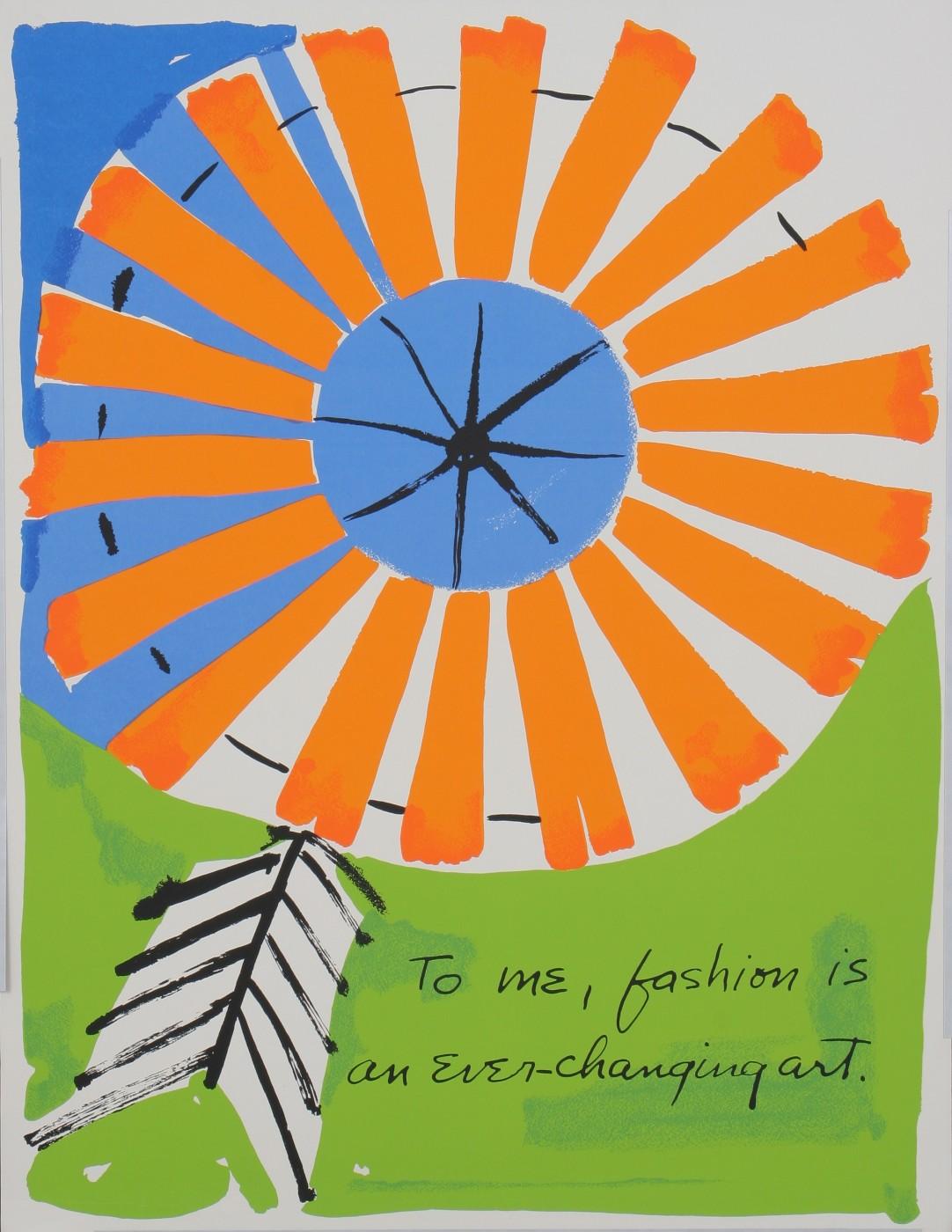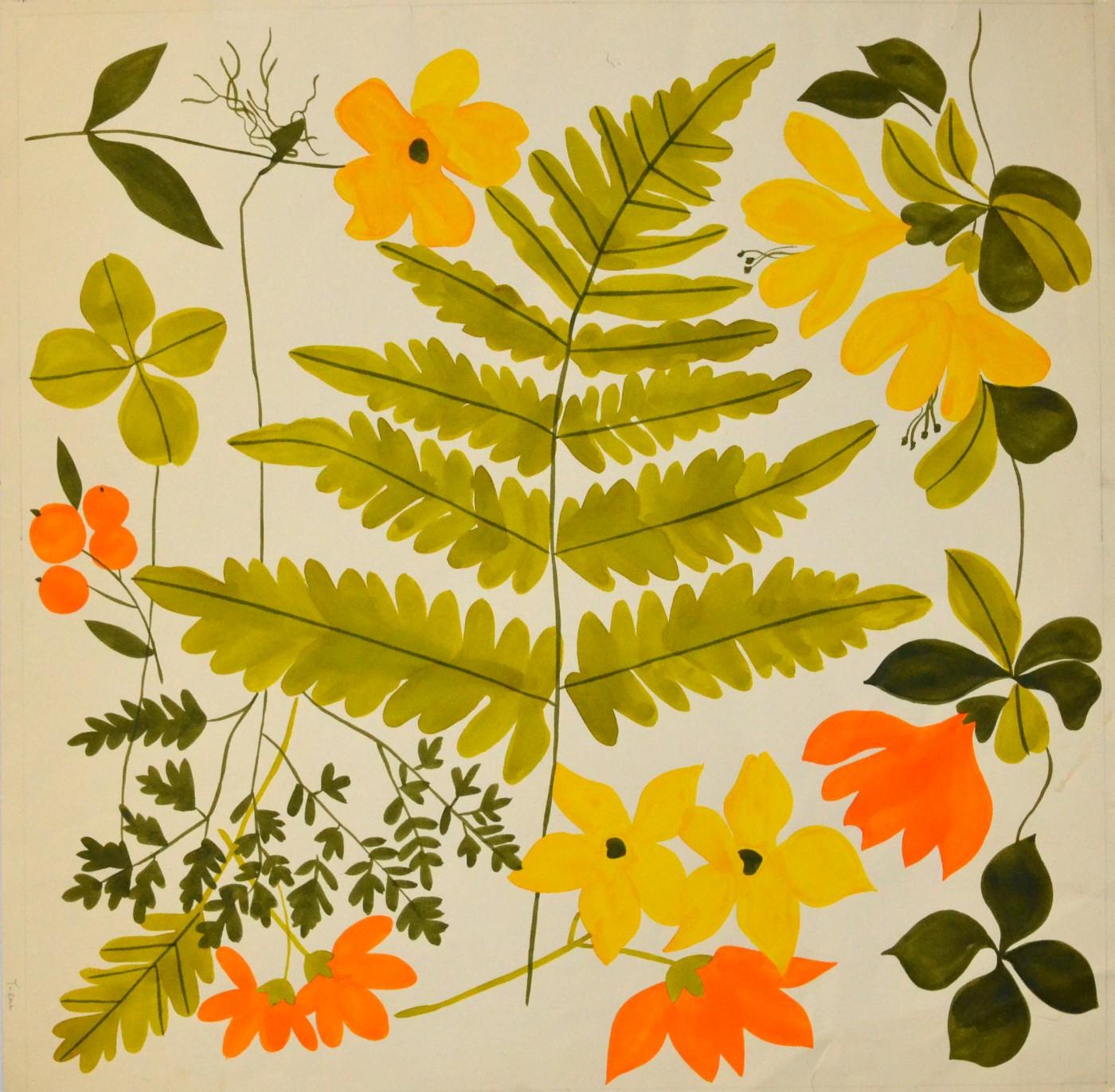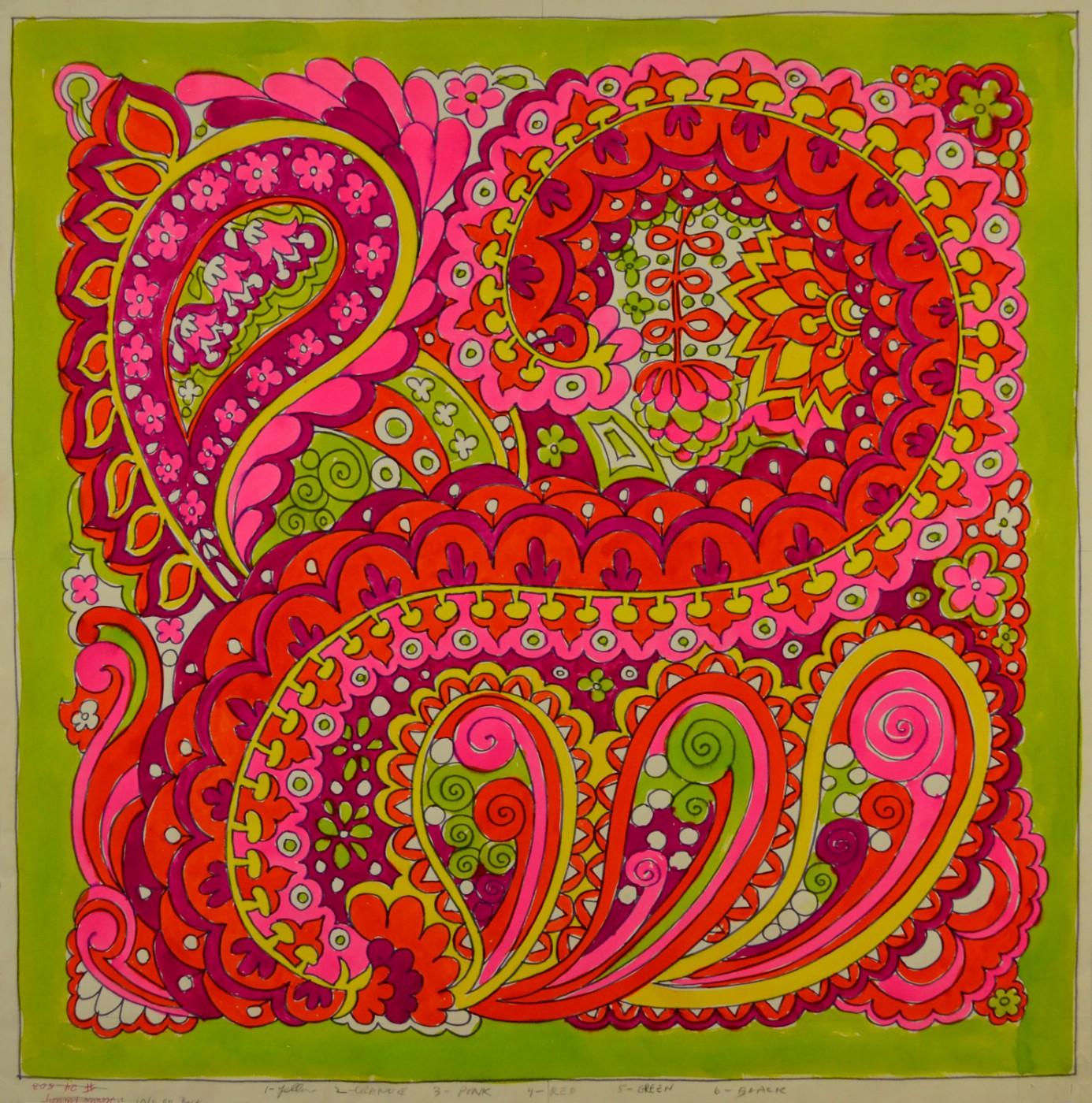“Created in a fresh, modern style that combined simple yet expressive lines with a vivid palette, Vera’s distinctive designs, ranging from the nature inspired to the abstract, struck a chord with women consumers at mid-century and beyond, driving her popular and commercial success,” said Elissa Auther, Windgate Research and Collections Curator at MAD. “Vera firmly believed that fine art should be accessible to all, and that this goal could be realized by injecting good design at an affordable price point into everyday life.”
Following her graduation in 1928 from The Cooper Union for the Advancement of Science and Art with a fine arts degree in painting, Neumann went on to study at Manhattan’s Traphagen School of Design. There she was introduced to the idea of a career in design that bridged the fine and commercial arts. Inspired by the Bauhaus philosophy, which encouraged the union of art, craft, and industry, Neumann and her business partner and husband, George Neumann, launched Vera Industries in 1942 with reproductions of her artworks silkscreened onto napkins and placemats.
Sections of the exhibition highlight Neumann’s biography and the history of the company she helmed from 1942 until her death in 1993; the fine art that fueled her designs, painted using the East Asian sumi-e technique; the scarf, a hallmark accessory of the company, produced in an array of sizes, shapes, fabrics, and color ways; the company’s use of clever marketing, especially the “Vera Paints…” tagline that associated Neumann’s work as a designer with her identity as a fine artist; promotional materials inspired by her international travels; samples of the label’s sportswear range, including its first foray into fashion with the 1957 “Jollytop;” and the coordinated patterns of tablecloths, napkins, placemats, and tablewares that enlivened everyday dining.































